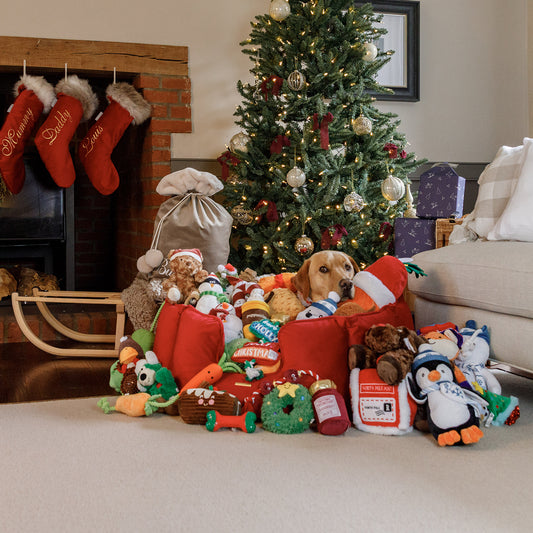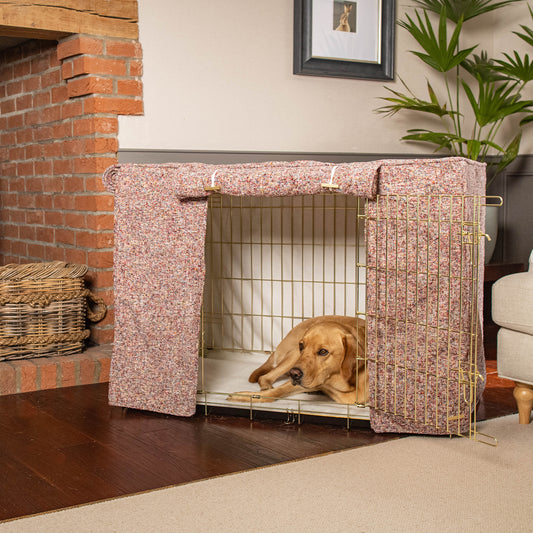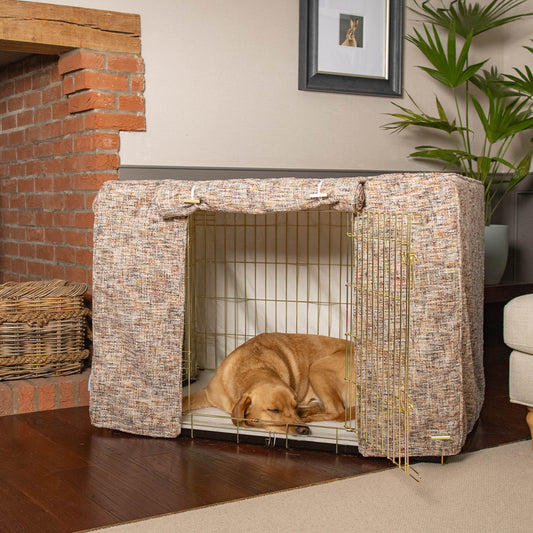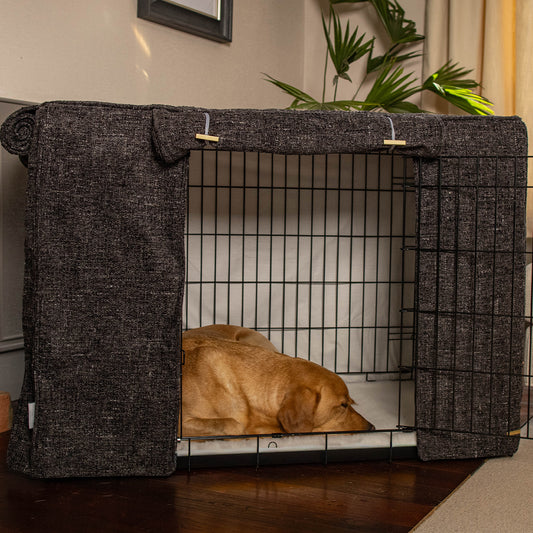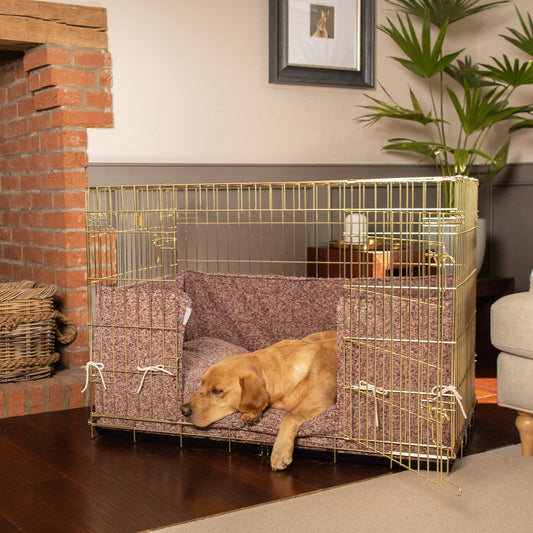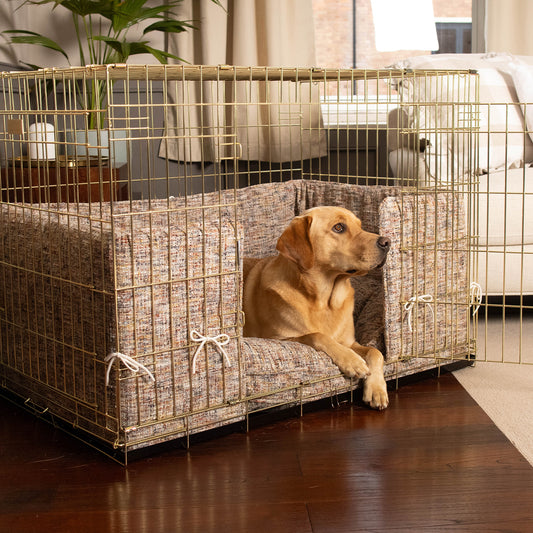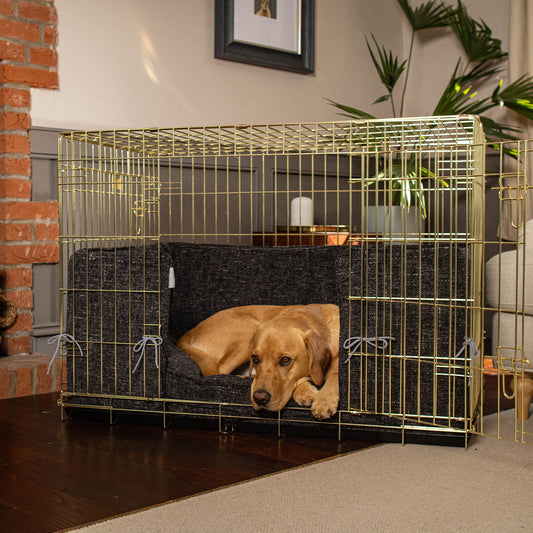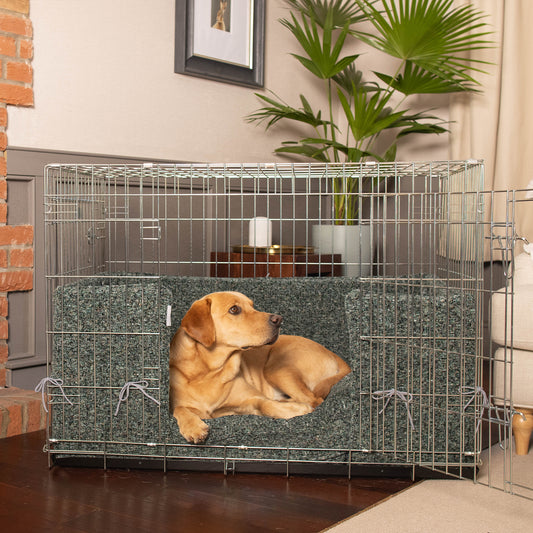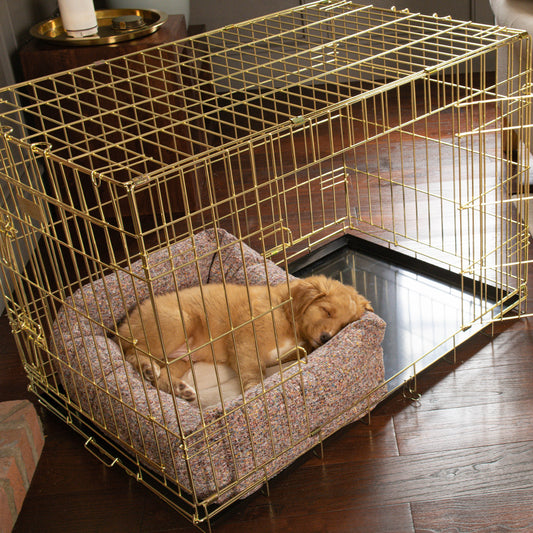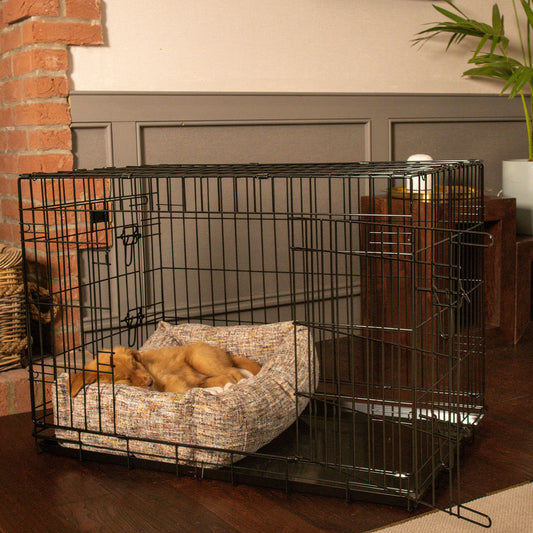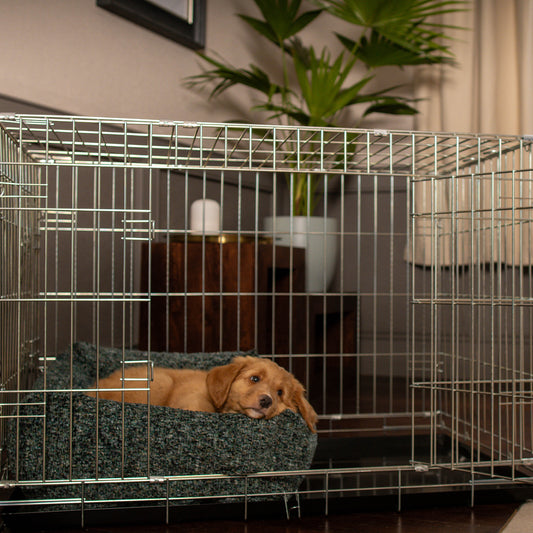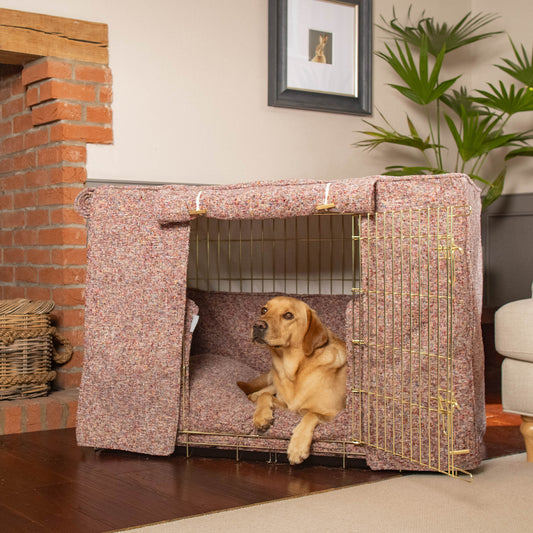Cats are some of the cleanest pets that you can share your home with and are very good at grooming themselves. Their tongues feature tiny spines which not only comb the fur but also help to transfer saliva onto the coat to help cleanse the fur.
With this being said, it’s still important for you to develop a good grooming regime of your own. All cats will benefit from regular grooming with their owners to help stop knots from forming and to help reduce the chances of hairballs. It also helps to strengthen the bond between you and your feline.
Different cat breeds will need slightly different grooming routines. Medium and long haired breeds will need daily grooming, whilst short haired breeds will benefit from brushing once a week. Their coat type will also determine what kinds of brushes, combs and accessories will get the best results.
Last week we shared a blog post about How to Groom Your Cat, so this week we thought we’d share our top cat grooming products. Read on to discover our favourite grooming brushes and accessories for cats.
The Best Cat Grooming Products
1. KONG Cat ZoomGroom - This is a gentle rubber brush that massages and grooms all at once. It’s suitable for all coat types, and is especially good as a first brush to help get kittens used to grooming. The soft rubber fingers will collect loose hair which is brilliant during shedding season. The massaging brush will also help to calm nervous pets and would make a great accessory to take with you to the vet or to use in any other situation that makes your cat anxious.
2. Gripsoft Cat Slicker Brush - A slicker brush is another brilliant all round brush for use on all coat types. It will separate the strands and smooth the coat, helping to detangle and also collect loose hair.
If you have a medium or long haired breed then you should also consider the Gripsoft Double Sided Cat Brush. This has a pin brush on one side which is brilliant for brushing the fur free of knots and tangles, plus a bristle brush which will fluff and smooth the coat to finish.
3. Ancol Double Sided Cat Comb - Medium and longhaired breeds such as Ragdolls and Persians will need more than just a slicker brush to keep their coat knot-free. This comb by Ancol has widely spaced teeth on one side to gently tease knots from the fur from root to tip, as well as a fine toothed comb to neaten and fluff the fur.
4. Animology Glamour Puss No Rinse Shampoo - Cats famously don’t like water and generally speaking you shouldn’t need to fully bathe your cat. If you do want to clean the fur and freshen your pet then a waterless shampoo such as this one by Animology is ideal. A spray formula that can simply be brushed through the fur with no need to rinse.
Top Tip - if your cat doesn’t like the feel of the spray being applied directly onto their body, try spraying on to their favourite brush and apply as you groom.
5. Tropiclean Waterless Cat Shampoo - If your cat doesn’t take to the spray formulation of the Animology shampoo, then this foaming formula might be more to their taste. It still doesn’t need rinsing so there’s no need to subject your feline to water. It’s an all-natural pet shampoo with absolutely no parabens or nasties often found in other products. The berry fragrance will leave your cat smelling divine too!
6. Ancol Ergo Nail Clippers - Most cats will take good care of their own nails and the simple act of scratching their post or cardboard scratcher will keep them in order. Some cats need extra help to keep them trim though which is when you should consider cutting your cats nails. If you need to trim your cat’s nails then these Ancol Nail clippers will do the job perfectly. They’re the perfect size for smaller paws.
We’d suggest asking your vet before you do it the first time, just to get the best advice on how much to trim.
7. TropiClean Clean Teeth Oral Care Gel for Cats - Help to keep your cat’s teeth clean and healthy with this oral gel. It doesn’t require brushing which makes it really easy to use. Simply apply one drop to your cat’s mouth. They’ll lick the gel which will help to coat the teeth. Just try not to let them eat or drink for 20-30 minutes after, to allow the solution to coat all surfaces of the teeth and gums!
8. TropiClean Ear Wash - Wax and debris can build up in the ears which can cause problems if they’re not cleaned. This ear wash by TropiClean is completely pet safe and alcohol-free. It will clean the ear without irritation or stinging and should ideally be used after bathing for best results.
9. Animology Feline Great Cat Shampoo - There may be occasions where your cat needs a proper bath. If they get soiled with a substance that can’t be removed with brushing for instance, a bath in water with a pet-safe shampoo may be required. This cat shampoo by Animology is a mild formula infused with a delicious peach fragrance. It will clean your cat’s coat without stripping it of its natural oils. The built-in conditioner will leave the coat glossy and shiny.
10. Pet Drying Towel - If you do bathe your cat, you will need to make sure you dry them well afterwards to keep them warm. Our pet drying towels are made of super absorbent Egyptian cotton towelling which is designed to dry pet’s fur quickly. This one is a stylish grey colour embroidered with a cute ‘Dirty Claws’ slogan in silver thread and finished with the silhouette of a cat.
We also love - Catit Shorthair Grooming Kit - If you have a shorthaired breed, then this grooming kit by Catit has all of the tools you’ll need to keep your cat’s coat in tip-top condition. It features a series of combs and brushes that have been designed specifically for cats with short hair. There are combs and brushes to smooth, detangle and remove dandruff; a rubber brush that removes loose shedding hair and a set of nail clippers in case you ever need to help keep your cat’s claws neat. All of these tools are presented in a handy presentation case which will allow you to store them neatly. The lid can even be used as a temporary container to house the loose hair, mid grooming session.
If your cat gets nervous or is finding it hard to get used to their grooming regime, try a calming product or two to get them as relaxed as possible. We stock a wide range of calming products in our online shop where you'll find products by Ceva and Pet Remedy. They're brilliant for other high-stress situations too, such as fireworks night and travelling.



































































